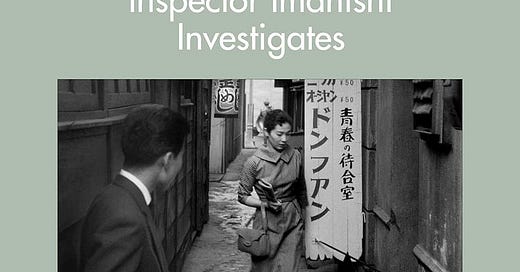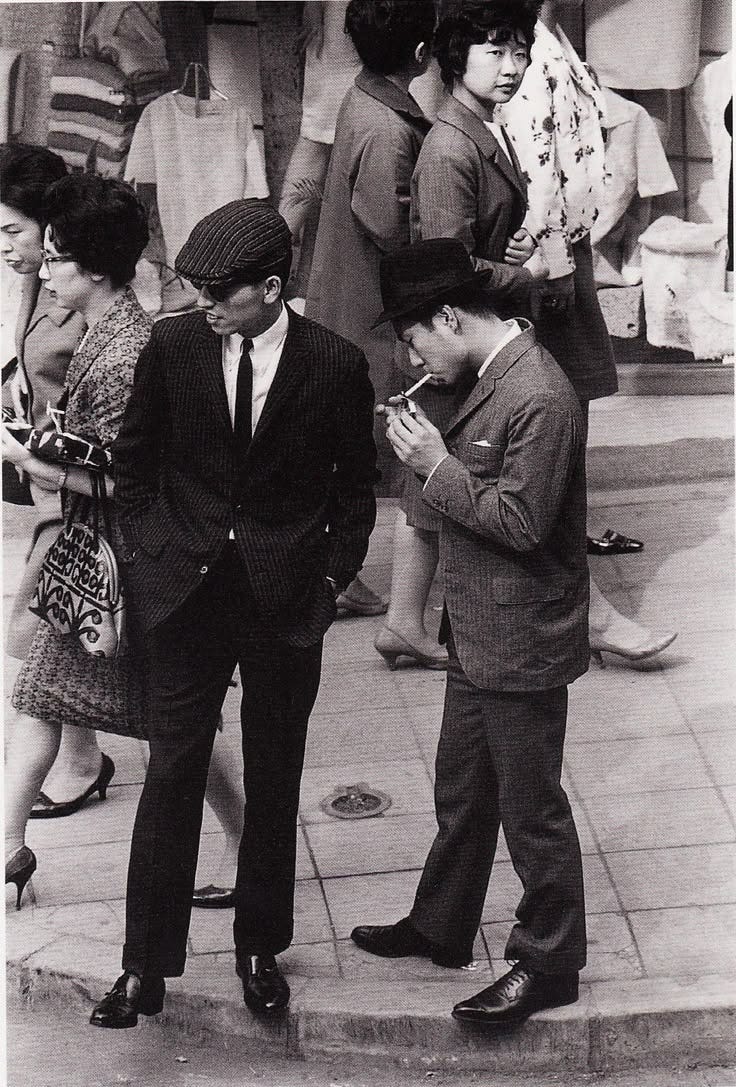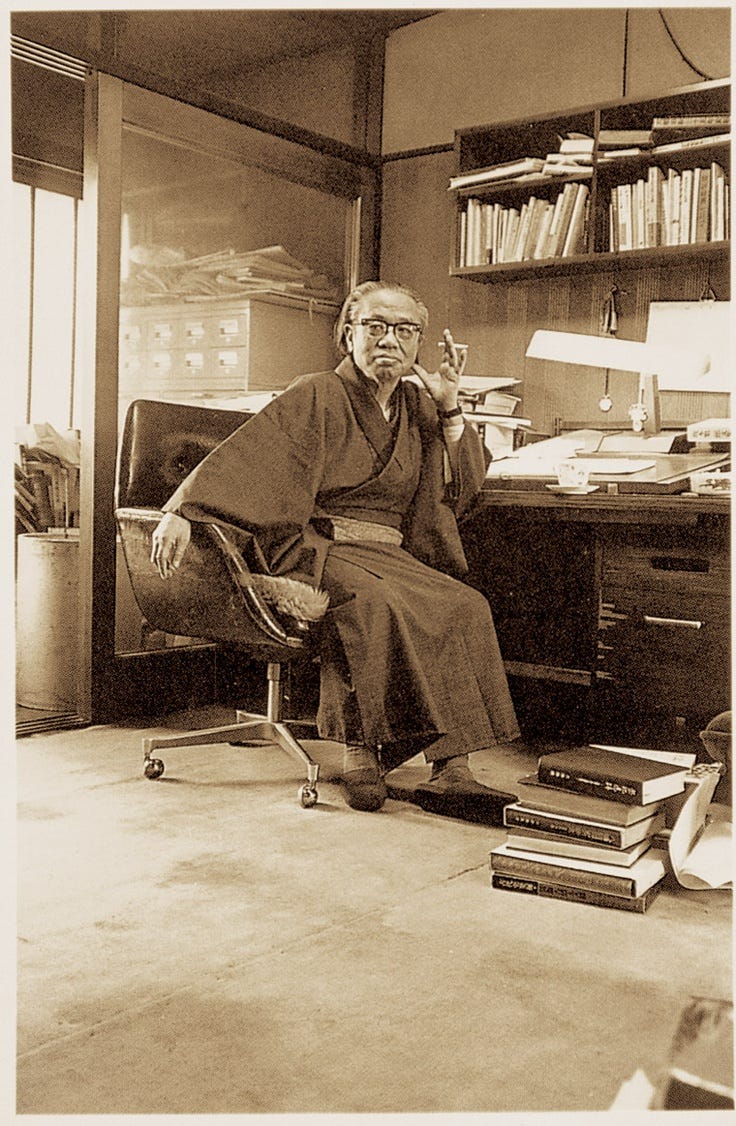Title: Inspector Imanishi Investigates
Author: Seicho Matsumoto
Year of Publication: 1961
Publisher: Penguin
Country: Japan
Imagine watching a Netflix crime thriller—not the kind with high-speed chases, heroic cops, or explosive shootouts, but a slow-burning mystery with a complex plot that keeps you glued to the screen till the end. Inspector Imanishi Investigates is exactly that kind of story— gripping, intense settings, and impossible to put down.
The story begins with an anonymous man found dead in the Kamata Railway Yard, his face brutally bludgeoned beyond recognition. Inspector Imanishi joins the investigation, but the early leads dissolve into nothing. With the case going cold and the team disbanded, Imanishi quietly continues the search on his own.
As he digs deeper, three more murders occur, each having invisible connections. Every clue seems to point nowhere, and every lead crumbles just as it looks promising. Yet Imanishi, relentless and methodical, pursues the case. As the puzzle pieces slowly fall into place—one detail at a time—the question remains: will he solve the case before another body turns up?
This is not a fast-paced story. It moves slowly, step by step, making it perfect for readers who enjoy watching a detective carefully work through a case. Inspector Imanishi is not like the flashy or bold detectives found in many other novels. He doesn’t try to be a hero. He follows the rules, sticks to procedures, meets deadlines, and takes detailed notes. He is well-known and respected by others in the police force for solving past cases. He enjoys quiet hobbies like bonsai and haiku, which match his calm and steady way of working. Imanishi’s not the centre of attention in this plot—just someone doing his job well, and helping the story move forward.
Imanishi and the junior detective Yoshimura come across the Nouveau group during their investigation at a railway station in Kameda. Yoshimura, who is more in touch with the younger generation trends, explains to Imanishi how the group is gaining popularity and changing the art scene in Japan. Imanishi, being middle-aged and more traditional, is not familiar with these new trends and finds the information surprising and unfamiliar.
The story is set in Japan during the 1960s, a time when the country was changing fast and becoming a modern world power. Along with this growth came changes in art and culture. Western ideas started mixing with Japanese traditions in writing, architecture, and other arts. Tokyo was the centre of this cultural change. The author brings this into the story through the Nouveau group, showing how the new and old were coming together during that time.
This mix of crime and culture set in the 1960s of Japan creates a perfect backdrop for a slow-building murder mystery. The story brings the era to life—you can almost picture yourself drifting through Tokyo’s nightclubs, strolling along quiet streets under starry skies, and witnessing everyday life in a rapidly changing society. The plot is filled with red herrings, false leads, and unexpected turns, with three more victims following the first murder.
Seicho Matsumoto was a famous Japanese writer who played a key role in making mystery fiction popular in Japan. I found this style of writing a bit more detailed and paced compared to that of Seishi Yokomizo. The focus here is more on the police procedurals, which are very detailed. Whereas in Yokomizo’s, it is set in remote locations with lesser involvement of police and also has some folklore connected to it. In this story, the railways play a key role in the plot formation. The author seems to have written stories with relevant themes during those times, sometimes even based on international events.
In 1961, Suna do utsuwa ('Castle of Sand', published in English as ‘Inspector Imanishi Investigates’, 1989) sold four and a half million copies and became a movie box-office hit.
My final review: I loved reading this book. It was a refreshing change from the usuals of Poirot and Holmes.
But I feel that this book can have two-way opinions. If you love a slow-burn, detailed, layered mystery, you would love this book, or if you love a detective with a flair like Holmes and want more action and thriller, then this book may not be the right choice.
Rating: 4 ⭐ / 5
Note: Images are taken from Pinterest. Copyrights belong to the respective original owners of the images.
[ Inspector Imanishi Investigates , Seicho Matsumoto , crime thriller , Japanese crime fiction , murder mystery , book review ]







